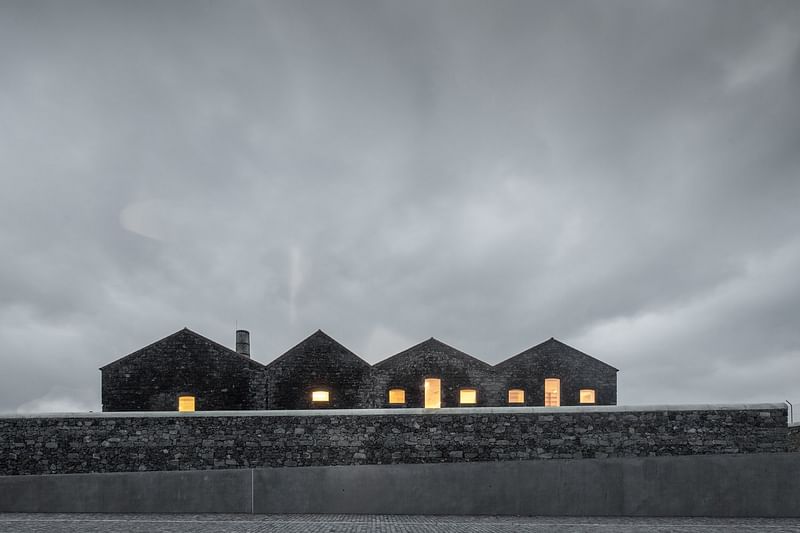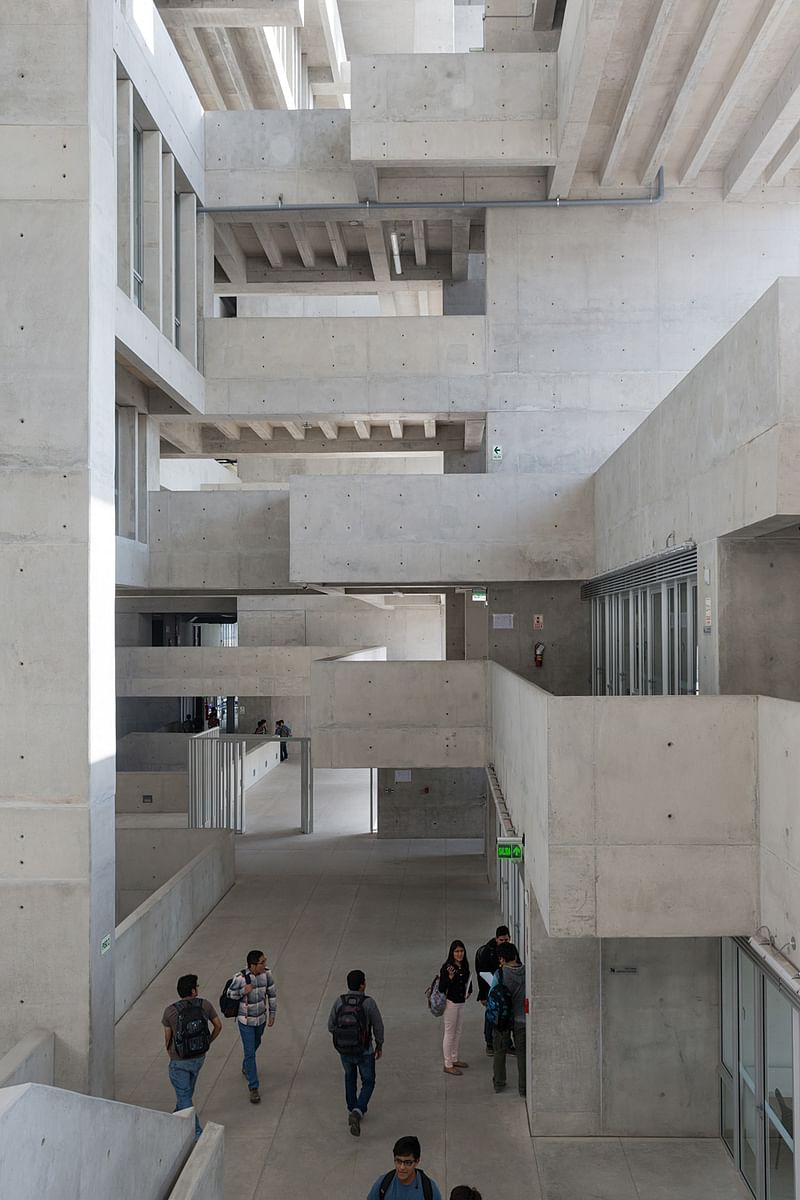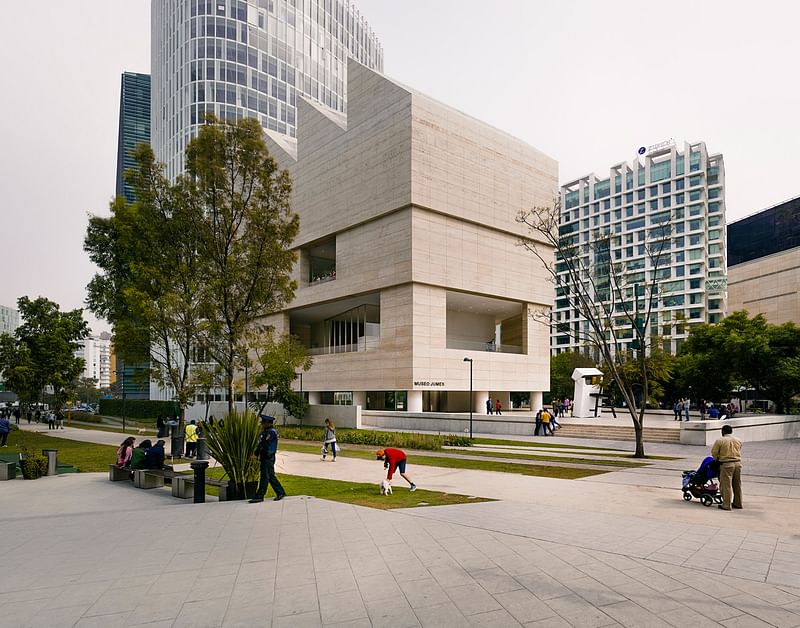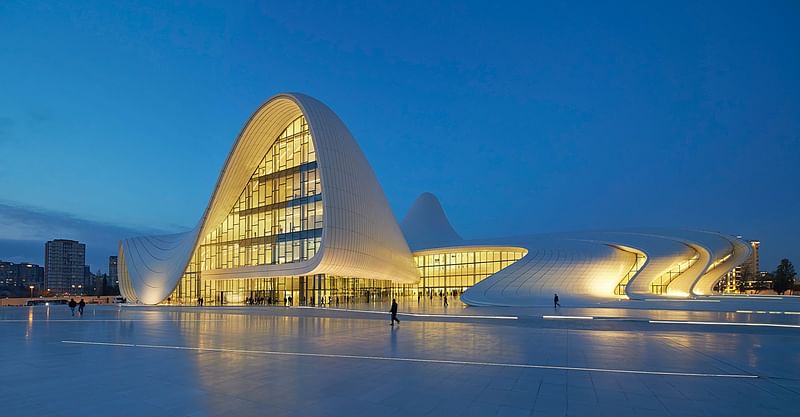
Six buildings shortlisted for RIBA International Prize
By Justine Testado|
Friday, Oct 28, 2016
Related
It's down to the final six for the inaugural RIBA International Prize, the institute's first award that is open to architects anywhere in the world. The prize is RIBA's own recognition award for the world's best new building of the year, regardless of style, size of scheme and budget, and complexity. For the prize's first edition, buildings had to be built within the last three years.
The RIBA awards committee had a hectic summer traveling to the 30 longlisted projects before narrowing the competition pool down to the six shortlisted buildings. The six shortlisters were also among the 21 projects that received a RIBA International Award for Excellence.
Over the next few weeks, the expert Grand Jury — chaired by architect Richard Rogers — will visit all six projects. One building will then be crowned the winner on November 24.
Check out the shortlisted projects below. Which building do you think will win?
Arcquipelago Contemporary Arts Centre by Menos é Mais Aquitectos Associados with João Mendes Ribeiro Arquitecto, Lda

Project summary: “Arquipelago Contemporary Arts Centre is located in The Azores, an archipelago of nine small islands in the middle of the Atlantic Ocean. Restoring the site of an 1890s sweet potato distillery, the building expertly combines restoration, reconstruction and new build, drawing on the history of the building and its distinctive black Basalt exterior to create a restrained, industrial character. Constructed over the course of three years, the process revealed a complex of cloisters and cells in the basement of the old distillery, which have been transformed to display artwork — an ancient backdrop for very contemporary use. The building has become a beacon for progress both locally and internationally, and has made a substantial impact on the local community, showing respect for its past and ambition for the future.”
Universidad de Ingeniera y Tecnologia by Grafton Architects with Shell Arquitectos

Project summary: “The UTEC in Lima is a new faculty for a 50 year old engineering university to enable young Peruvians to gain engineering qualifications and to encourage social mobility. This powerful statement of a building symbolises a bold and positive future for Peru, and draws on the temperate climate of the city and cultural environment. Grafton Architects with Shell Arquitectos have created an innovative solution to the architectural program in the design of a vertical concrete campus, with open ended spaces of circulation interlinked with a series of suspended platforms that flow in between the structural frame, offering a balance between enclosed spaces and permeability to the exterior.”
Stormen Concert Hall by DRDH Architects

Project summary: “Stormen Concert Hall and Library has created a new community focus for a small town, with two new civic buildings in Bodø, 100km inside the Arctic Circle. DRDH’s first major building commission, the scheme is expertly stitched into the existing urban fabric, playing off the link to the town centre as well as the nearby harbour and the luminous experience of the Arctic sunshine. With rigorous attention to detail, material and the user’s experience of both the space of the library building and new concert hall spaces, the architect’s design is matched with technical ambition. The concert hall houses three music venues within its structure, and is considered comparable to the New York’s Carnegie Hall as one of the best in the world for symphonic music.”
Ring of Remembrance, International WWI Memorial of Notre-Dame-de-Lorette by Agence d’Architecture Philippe Prost

Project summary: “The Ring of Remembrance memorial in Notre-Dame-de-Lorette near Arras commemorates the thousands who died in the region during World War I. The unification of former enemies is the strong idea that underlines AAPP’s design scheme of the ring, inscribing all 600,000 names irrespective of their nationality, creed or rank. Located on the Hill of Lorette the location has long views over the battlefields of the plain of Artois, the piece sits lightly in the landscape, rooted at one end but cantilevers out precariously as the landscape falls away, and representing the fragility of peace.”
Museo Jumex by David Chipperfield Architects with Taller Abierto de Arquitectura y Urbanismo (TAAU)

Project summary: “A structure that celebrates the industrial heritage of its site context in Mexico City, Museo Jumex is home to the largest private collection of Latin American contemporary art in the world. Centrally located in a bustling and overcrowded city, the building offers a contemplative space in which visitors can escape the rush of the city. A large public space is divided across three spacious levels; a glazed Piano Nobile gallery and a flexible secondary space punctuated by a single large window flooding the space with light. The top floor opens out to present the museum’s collection under a soft diffused daylight through original factory roof lights. The quality of light distinctive to Chipperfield’s practice defines the space, as does the consistent sense of quality in the materials and subtle detailing that separate public from work space. A characteristic dialogue of travertine and timber marks the Museo Jumex as a remarkable building.”
Heydar Aliyev Centre by Zaha Hadid Architects with DiA Holding

Project summary: “Designed to celebrate Azerbaijan’s independence and first president Heydar Aliyev, Zaha Hadid Architects’ (with DiA Holding) Heydar Aliyev Centre in Baku was completed in 2013 and offers a vibrant programme of arts, music and performance to audiences in the vaulted spaces and distinctive wave-like form that dominates the eastern aspect of the city. The building represents a break from tradition — not least in the post-Soviet landscape of Baku, and now welcomes over 1,000 visitors a day as both a public social space and a cultural nucleus for the city. The complex landscape has been brought together into a single, fluid composition which appears out of the hill. The building is distinctive not only for its scale and undulating form, but for its use of white cladding and paving, a marked departure from the traditional architecture and aesthetic of the city. The heart of the building is found in its sophisticated and welcoming central auditorium; a warm performance space whose innovative use of oak to line and sculpt the interior showcases a sophistication in both vision and joinery.”
All photos and quoted text courtesy of RIBA.


Share
0 Comments
Comment as :